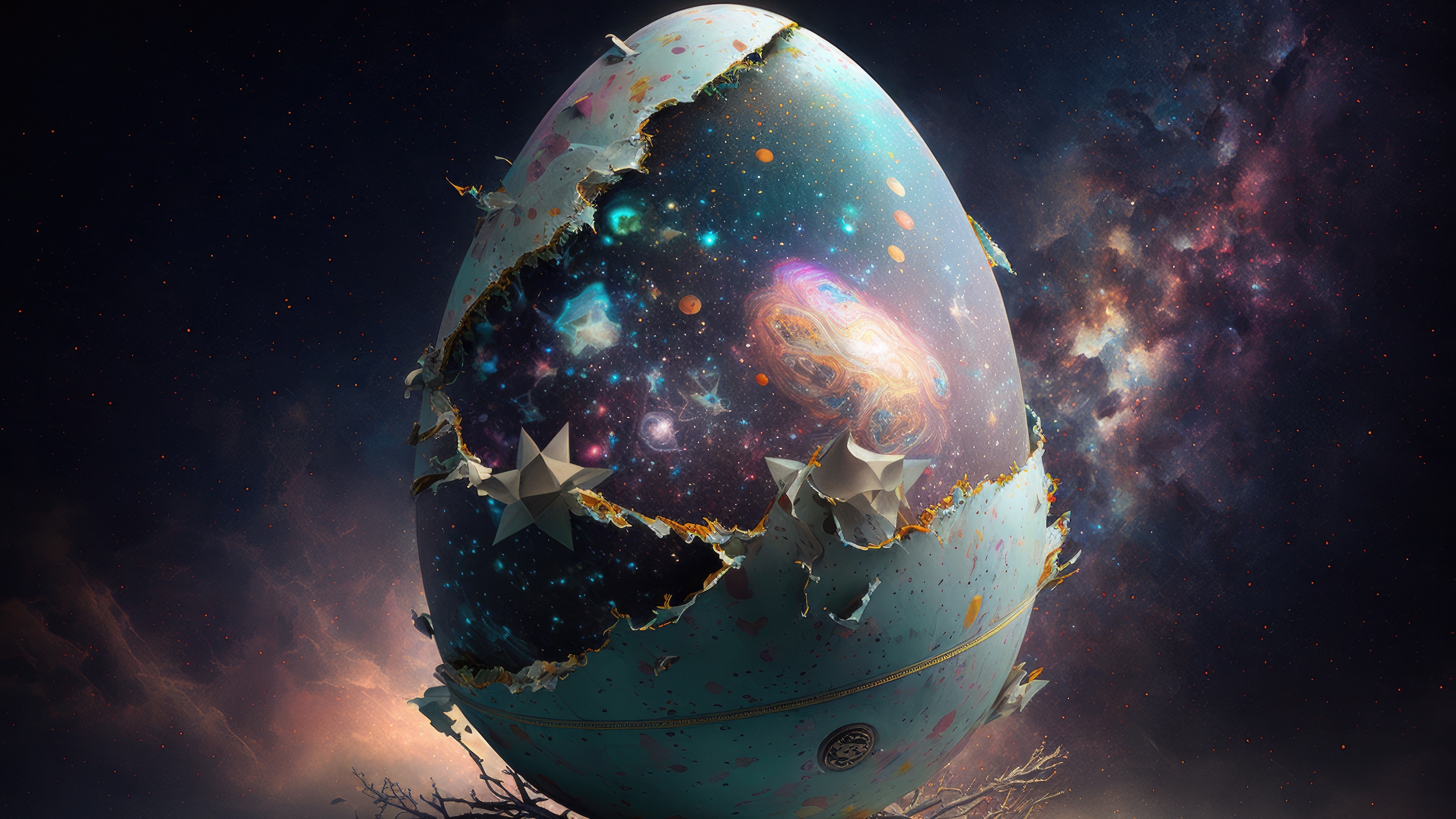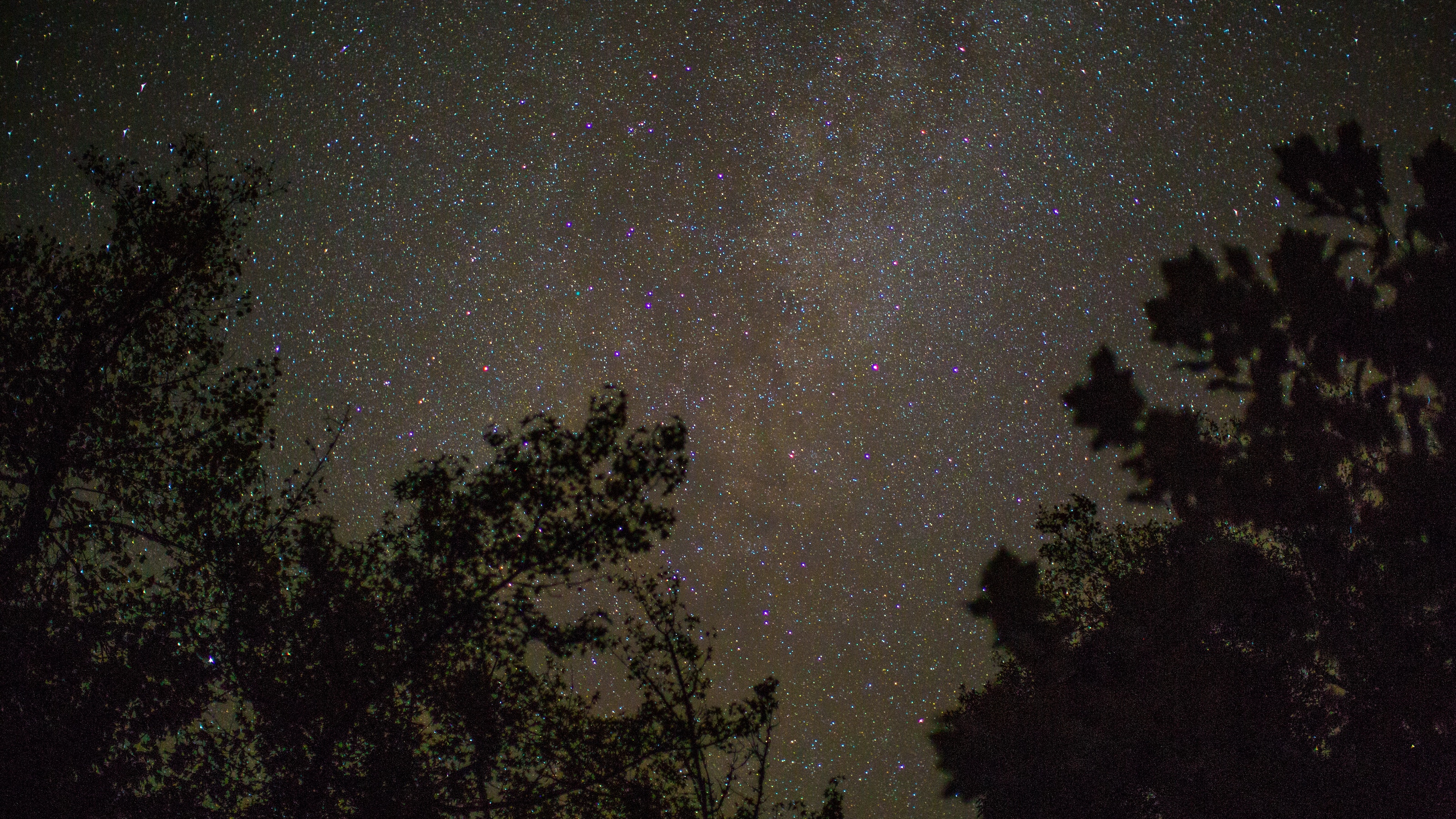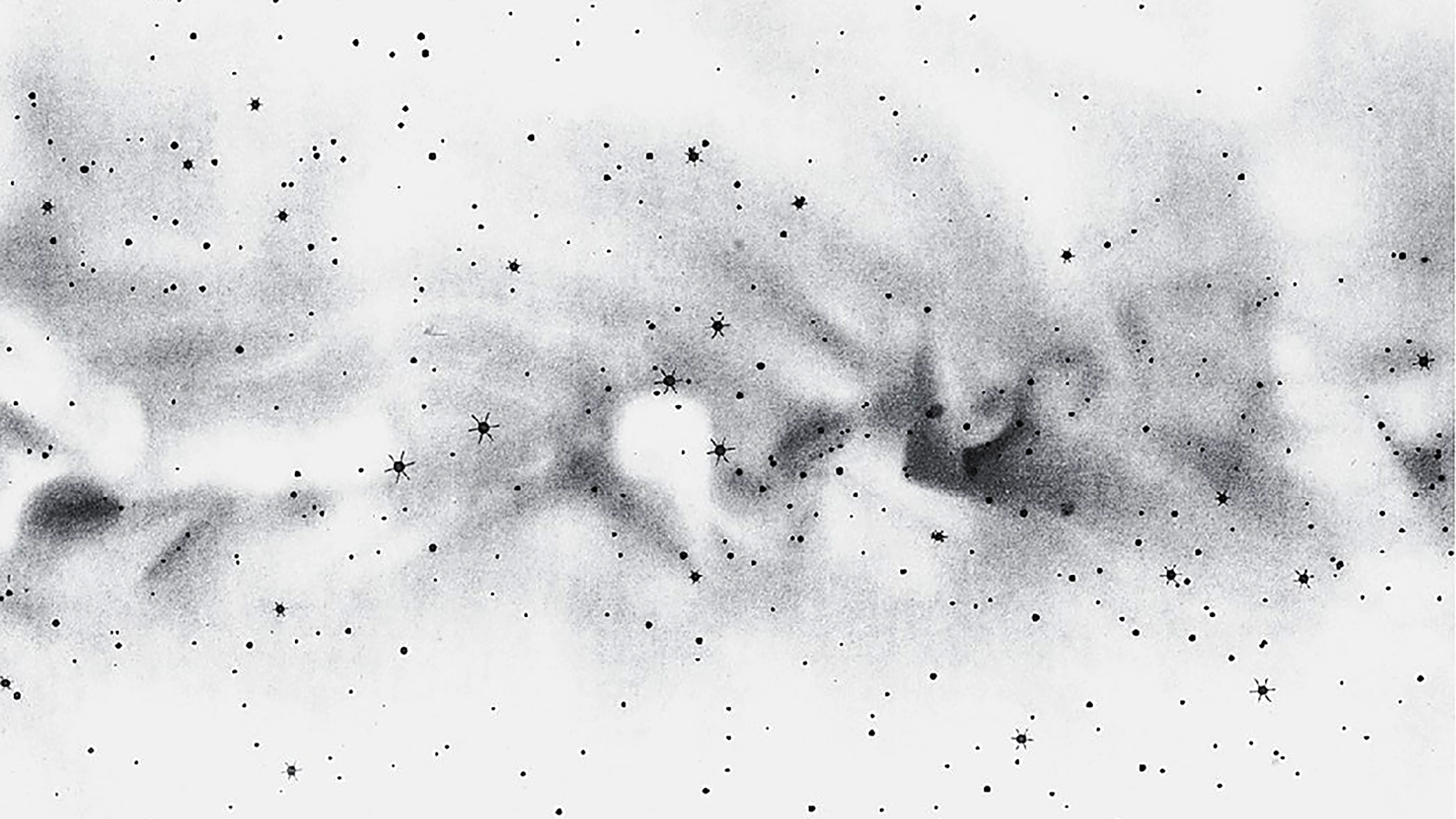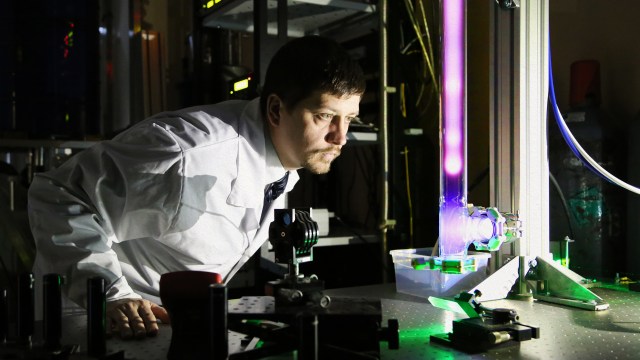The multiverse is cosmology’s unreachable frontier

- The ultimate extension of our understanding of space is to think of our Universe as part of something bigger, a conceptual collection of universes called the multiverse.
- Such universes are proposed by high-energy physics models that extrapolate our current knowledge of cosmic infancy to its very first moments of existence.
- The problem is that, unless we violate a few laws of physics, we will never know for sure whether our Universe belongs to a multiverse or not. Still, we always learn something when we push the boundaries of knowledge.
The Universe, by definition, represents our visible expanse of space and all that exists within it, known and unknown. In other words, “Universe” stands for everything within our cosmic horizon, defined by the distance light has traveled since the Big Bang. The cosmic horizon is our information bubble. There could be a greater Universe out there, beyond what we can measure. But we cannot ever know for sure, since to know something, we must decode information from our experience of what exists. If something is beyond the barrier of light, we cannot know it exists. We can only conjecture that it might.
Modern physics models that extrapolate our current understanding to the very earliest instants after the Big Bang are just such a conjecture. They challenge the traditional boundaries of the scientific method — namely, the notion that hypotheses must be falsifiable in order to be valid. Pushing hardest at these boundaries is the proposal that our Universe is but one among a vast collection of other universes, each with its own laws of physics. This might be the case if the inflationary hypothesis of a rapid early expansion of the Universe is correct, or if the superstring landscape is accurate.
We have seen over the course of this series how, in a span of decades, modern cosmology taught us more than we had ever thought we could know about our Universe. We have also seen the limits that knowledge is pushing against now. It is fitting to end with a discussion of the most provocative idea in contemporary cosmology: the multiverse.
Tunnel vision
I have argued before that the notion of a multiverse is surprisingly close to that of a religious belief. This is not necessarily a bad thing. Different approaches can expand the range of explanatory power in cutting-edge physics. But the idea is new, and it needs some unpacking.
First, how does such a thing as a collection of different universes, some of them possibly infinite, even begin to make sense? It is easier to visualize the idea by using two spatial dimensions. Consider a flat tabletop. Imagine stretching it out far away in the north-south and east-west directions. If it keeps stretching forever, the tabletop is a flat, infinite space. Small, amoeba-like, flat critters might live in this infinite two-dimensional universe.
Now consider two tabletops, parallel to each other but not touching. The second tabletop is also infinite in two dimensions, and other kinds of creatures live there. Finally, imagine that a narrow tunnel connects the two spaces somewhere.
Without access to the tunnel, the creatures dwelling in each space believe they live in a single, infinite universe. This is especially true if the tunnel lies outside their cosmic horizon. They will never know that their universes are part of a larger structure, a two-dimensional multiverse. It is easy to imagine an infinite number of two-dimensional flat spaces stacked on top of one another, each connected to the next by a similar tunnel, and each tunnel inaccessible to any of the universes’ inhabitants.
The multiverse need not be so simple, either. Universes can be curved and finite, sprouting from an infinite mother universe. The sprouting universes may themselves be infinite. Think of bubbles being blown from a piece of bubble gum. Little bubbles will shrink back, while bigger ones might keep on growing. If a bubble starts growing in a heavily populated region of flat space, some of the inhabitants will be carried into it. Others will remain outside, horrified to see their friends sucked into oblivion. But most of the creatures in the growing bubble survive their ordeal and start to explore their new world. Generations pass. Their scientists measure the curvature of space and see that their universe is closed, like the surface of a sphere. Since the bubble kept on growing, the tunnel-like aperture to the original universe is well beyond their cosmic horizon. These creatures live in a closed, expanding universe, unaware of their connection to a flat, infinite space. Meanwhile, creatures in the original space saw the aperture to the bubble universe close more and more until it became too narrow to cross. All that is left, to them, is a scar in space marking the long-forgotten birthing event. The bubble universe is isolated from its mother universe.
Can we ever know the multiverse?
It is at least possible that each of these universes will have its own laws of nature, or at least different values for the constants that we use to write equations such as the speed of light, the strength of gravity, and the mass of the electron. Proponents of the multiverse argue that we simply live in the Universe where the constants of nature allow for stars, planets, and the right chemistry to form so that we can be here to try and figure things out.
But if we do live in a multiverse, can we ever know? Can the multiverse be observed? Is the multiverse a testable scientific hypothesis, or is it just idle speculation leading to a dangerous schism in the physics community? More to the point: Is the multiverse knowable? If other universes exist outside our cosmic horizon, we cannot ever exchange any signal with them. They are inaccessible to us and to our instruments. We could never see or visit them, nor be seen or visited by anybody who may live in them.
In a strict sense, then, the existence of the multiverse can never be directly confirmed. However, there are different ways to infer that something exists, even if we cannot see or touch it. Astrophysicists make such inferences when they deduce the existence of a massive black hole in the center of our galaxy from the motion of stars nearby and extend this conclusion to other galaxies. Particle physicists do the same when they obtain a particle’s properties from the tracks it leaves in a detector. No one sees an electron with their eyes. We know that electrons exist from the clues they imprint in machines such as particle accelerators.
Cherish the unexpected
If we cannot hope to see a neighboring universe, is there nevertheless a way to detect its presence indirectly within our cosmic horizon? Such a method would not test for the existence of the multiverse — it could only serve to indicate the possibility that neighboring universes exist — but it would surely offer some support to the idea.
The distinction between finding observational signatures of neighboring universes and finding signatures of a full-blown multiverse is very important, yet the two are often confused. Even if convincing observational signatures of neighboring universes could be found within our cosmic horizon, they would not confirm the existence of the multiverse. This is because the prevailing theories about the multiverse expect universes to exist in great quantities — 10500 in the case of string theory. This is not falsifiable. The existence of a multiverse, even one of finite extent, is unknowable.
This conceptual barrier does not make the multiverse a worthless idea. Quite the contrary. As we push the boundaries of the possible, we always learn something, even if it is not quite what we were expecting. The history of science has proven repeatedly that whenever we work to increase our knowledge of the world, the unexpected is one of our best friends. To find something, you first need to look.





